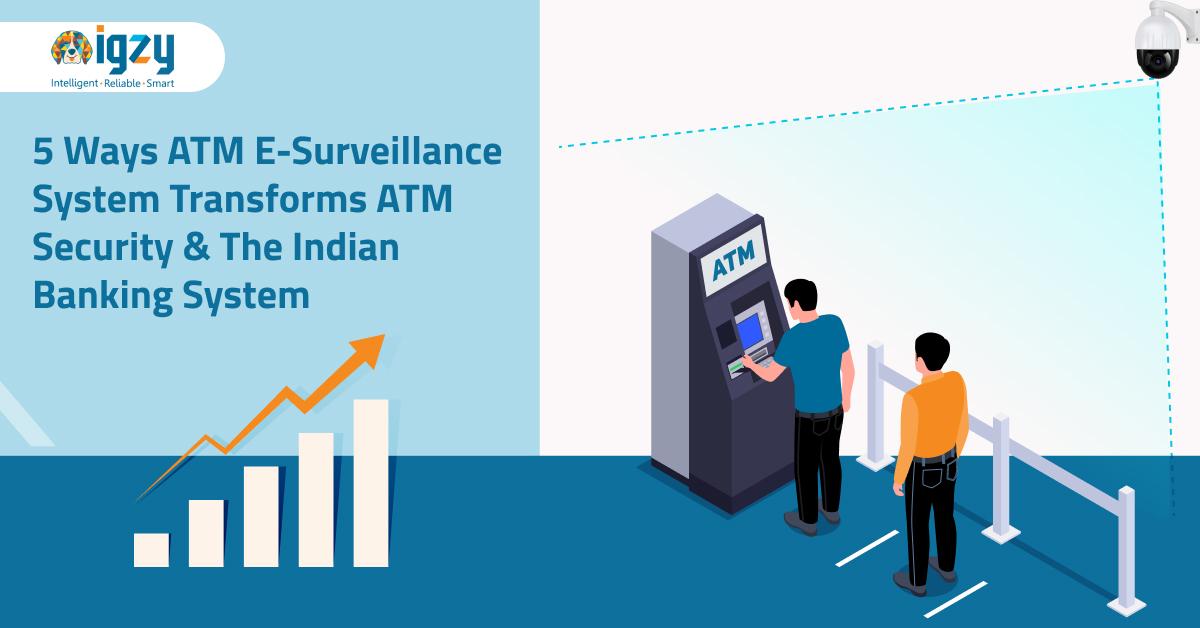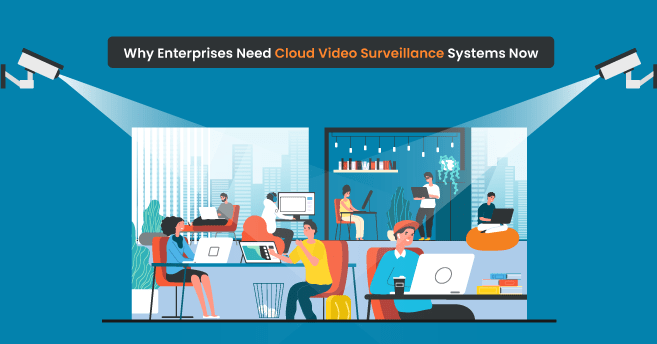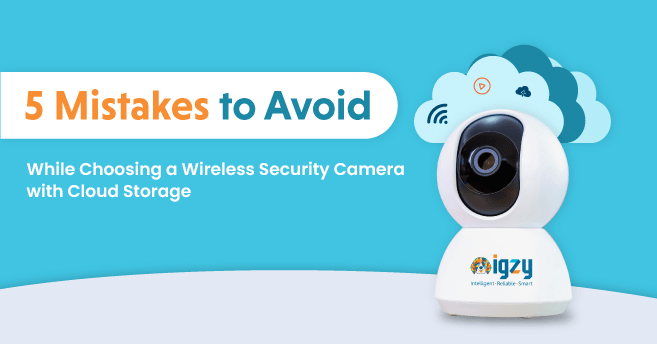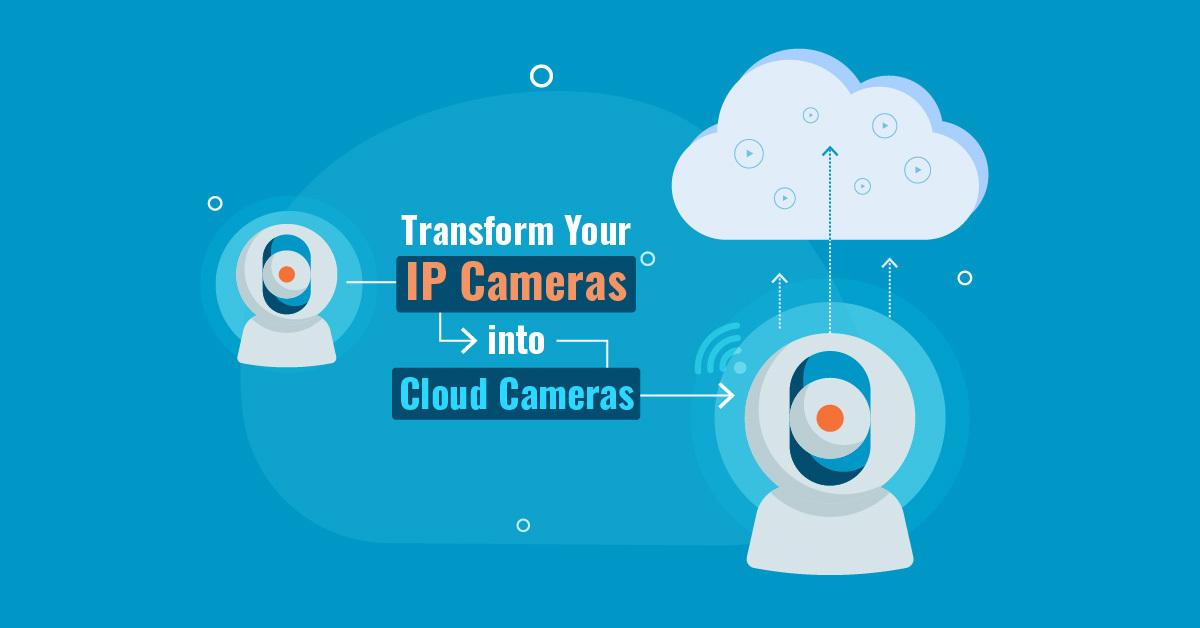Harnessing the Power of Cloud Video Surveillance in Modern Business Security
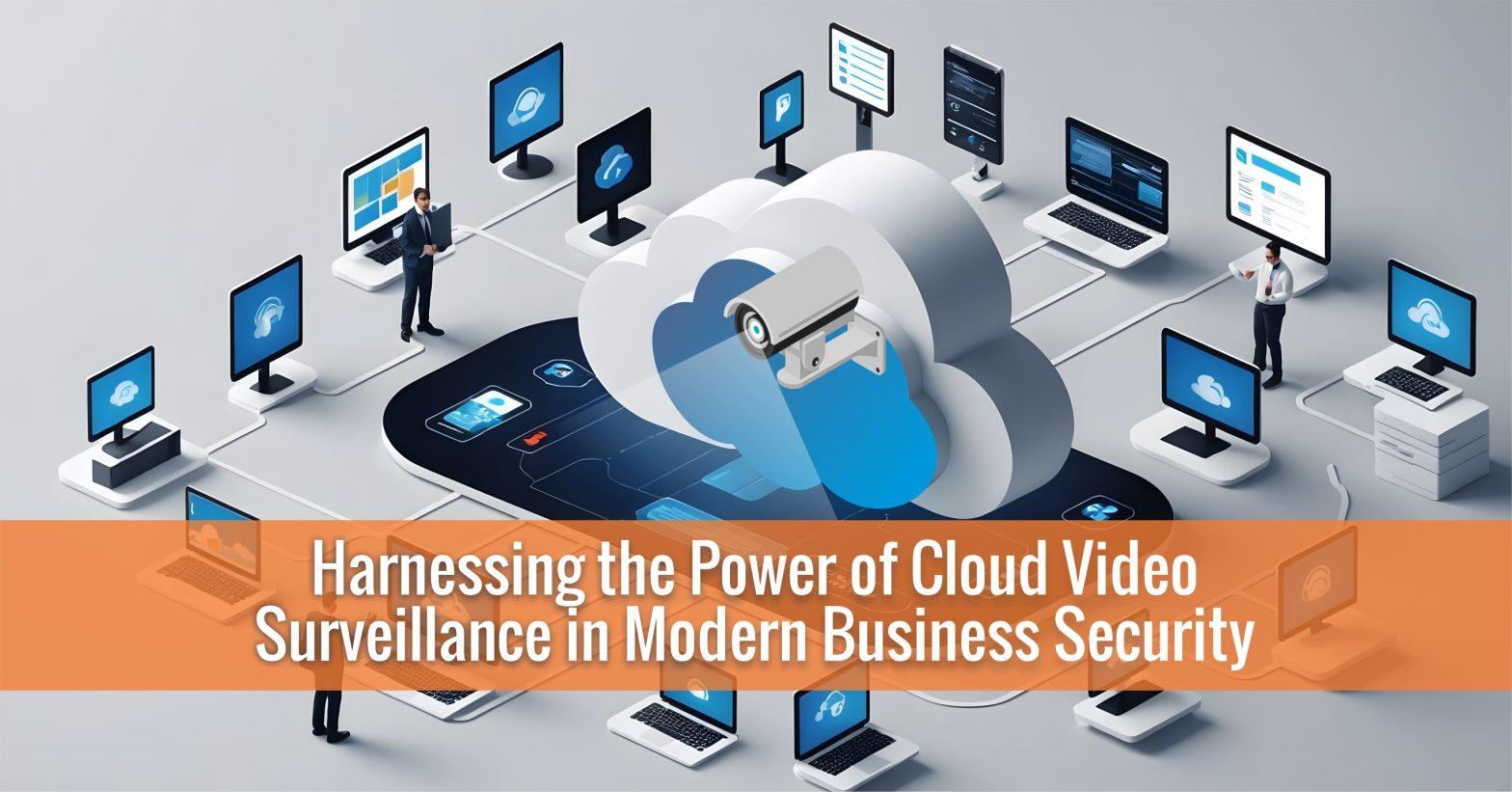
Table of Contents
Ever brew a pot of your morning coffee only to be confronted by the distressing news of a business mere blocks away being robbed? It is a terrible feeling for the business owner and anyone who recognises the financial and emotional devastation security breaches inflict. In today’s dynamic world, this scenario is a reminder that traditional security methods, while providing a baseline level of protection, often fall short of addressing the complexities of modern threats. This exposes critical assets to a heightened risk of breach, necessitating an urgent shift towards more comprehensive and adaptable solutions.
Cloud video surveillance, thus, emerges as a compelling option in this context. It offers a range of advantages that enhance a business’s overall security posture while promising significantly improved operations. Let’s explore its critical role in modern business security and analyse how it transcends the flaws of traditional security systems, unlocking resilience in the face of break-ins and enhancing accessibility for remote monitoring, with other benefits.
Traditional Security Systems: A Flawed Security Strategy
While robust a decade ago, traditional security systems have limitations in today’s complex world. Here is how they can hinder your business’s growth and security posture:
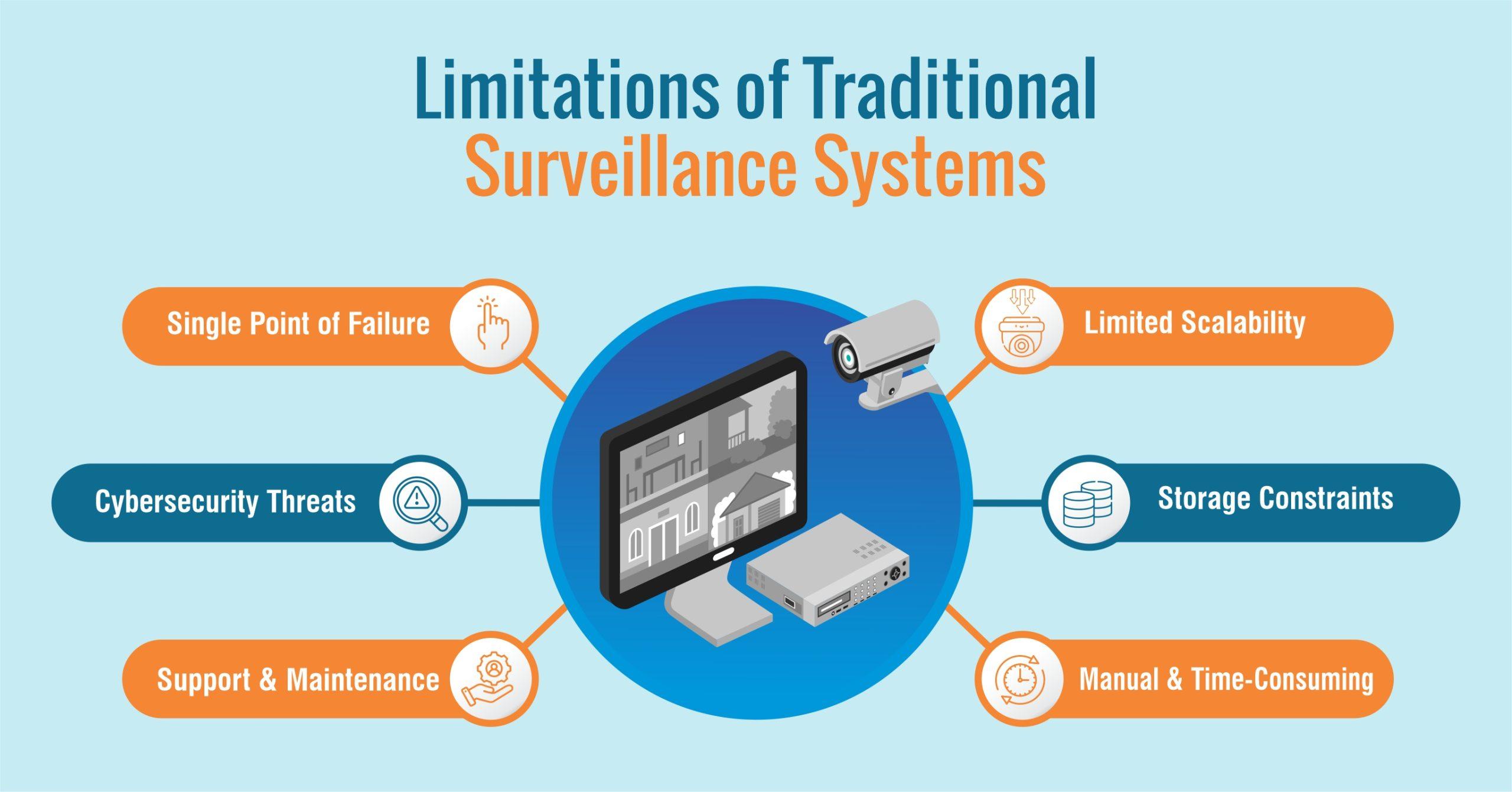
1. Single Point of Failure
A traditional DVR, NVR or VMS relies on on-site servers for data storage. If intruders gain access and destroy the servers, security footage–a crucial line of defence–is lost, hindering investigations and potentially jeopardising evidence.
2. Cybersecurity Threats
Connecting traditional DVRs, NVRs, and VMS systems to the Internet for remote video access introduces a new layer of security complexity. These systems often require meticulous firewall configuration to manage access and constant vigilance for vulnerabilities in the operating system, open ports, and on-site vendor software.
3. Scalability Challenges
Expanding security infrastructure with traditional systems can take time and effort. Adding new cameras, for instance, involves physically installing cables and configuring hardware for each device. This time-consuming process leads to delays and hinders the ability to swiftly adapt to changing security needs.
4. Limited Storage Flexibility
Storage retention remains inflexible, constrained by the hardware capacity fixed at the time of system purchase.
5. Variable Redundancy Levels
Traditional DVRs, NVRs, and VMS systems offer unreliable redundancy levels. These systems may require dedicated IT staff to configure and maintain these backups. The duplicate servers are often idle, significantly increasing the overall security system expense.
6. Time-Consuming and Complex
Traditional surveillance systems involve installing an operating system, configuring routers, setting up storage and cameras, and implementing application software.
7. Regular Support and Maintenance
On-premise hardware and software require intensive manual intervention, including firmware and configuration updates.
8. Financially Burdening
Traditional systems incur significant upfront costs for both hardware and software. Additionally, ongoing support expenses may vary and cannot be predicted.
The abovementioned limitations paint a clear picture: traditional security systems struggle to keep pace with the evolving security landscape. Nonetheless, the rise of cloud video management systems has offered solutions to safeguard critical business assets and overcome traditional systems’ technical and cost-complexity hurdles.
Cloud Video Surveillance: Beyond Security, An Investment in Your Business’s Future
The evolution of technology has propelled a new era of innovation and modern security. With its advanced capabilities, cloud video surveillance exemplifies this transformative shift, redefining how businesses can position themselves to thrive in today’s dynamic landscape.
Surpassing Technical Limitations with Cloud Video Surveillance Systems
1. Eliminated Single Point of Failure
Cloud video surveillance offers cloud storage options, ensuring the security footage is safe even in a physical breach. Unlike traditional on-site servers, geographically dispersed data centres provide an extra layer of security.
2. Enhanced Cybersecurity
Unlike traditional systems with potential vulnerabilities like open ports and on-site software, advanced cloud-based VMS solutions operate within a secure cloud environment. This eliminates the need for complex on-site firewall configurations and simplifies security management. Additionally, cloud VMS providers often maintain dedicated cybersecurity teams to actively monitor for emerging threats like “Ghost” and “Heartbleed”. They remotely deploy security patches to on-premise appliances via the cloud, ensuring your system remains protected against evolving cyberattacks.
3. Seamless Scalability
Cloud-based video surveillance offers effortless scalability. With this solution, businesses can upgrade existing CCTV cameras to the cloud, add or remove cameras through a straightforward software process, and receive automatic technology updates directly to their on-site appliance via the internet. This allows businesses to adapt their security infrastructure to meet their growing needs seamlessly.
4. Flexible Storage
Adjust resolution or retention periods instantly without modifying current hardware. Cloud systems leverage a vast shared cloud infrastructure for video storage, resulting in significant economies of scale and enhanced flexibility.
Overcoming Cost & Complexity Challenges Posed by Traditional Surveillance Systems
1. Low Up-front Capital Cost
Video Surveillance as a Service (VSaaS) is a cost-effective solution for businesses of all sizes. By leveraging a subscription-based model, VSaaS distributes expenses over time, sparing businesses from significant upfront investments. This predictable pricing structure prevents financial strain and facilitates improved budget planning and resource allocation.
2. Reduced IT Burden
Automatic updates and cloud-based management minimise the need for dedicated IT staff. This significantly reduces ongoing costs associated with traditional on-premise systems and eliminates the need for extensive manual intervention.
3. Simplified Management
Cloud video surveillance simplifies management with a user-friendly interface for remote access. This eliminates the complexity of on-site configuration and manual updates, streamlining the process of monitoring your security system.
By overcoming the limitations of traditional systems, cloud video surveillance empowers businesses with a robust, adaptable, and cost-effective security solution. With features like remote monitoring, automatic backups, and scalability, it offers peace of mind and allows businesses to focus on core operations. Investing in cloud video surveillance is an investment in your business’s future. Industry leaders across various sectors are recognising the value of cloud video surveillance. In fact, research indicates the VSaaS market is projected to reach a staggering USD 7.6 billion by 2027, at a CAGR of ~18%.
So, don’t wait for a security breach to realise the importance of a robust security solution. Safeguard your business assets and foster a secure environment for employees and customers. Take a proactive approach and explore how cloud video surveillance from IGZY can transform your business’s security posture.
Contact [email protected] to learn more.

